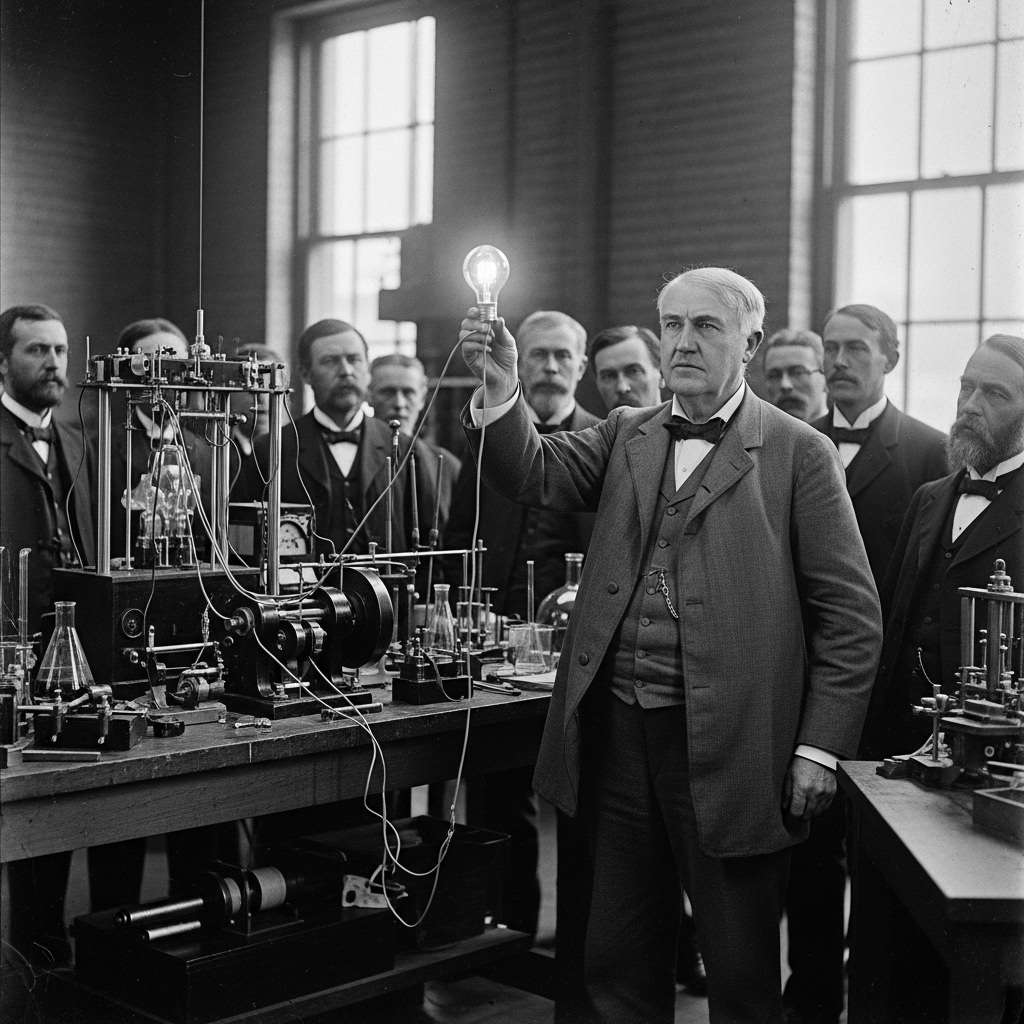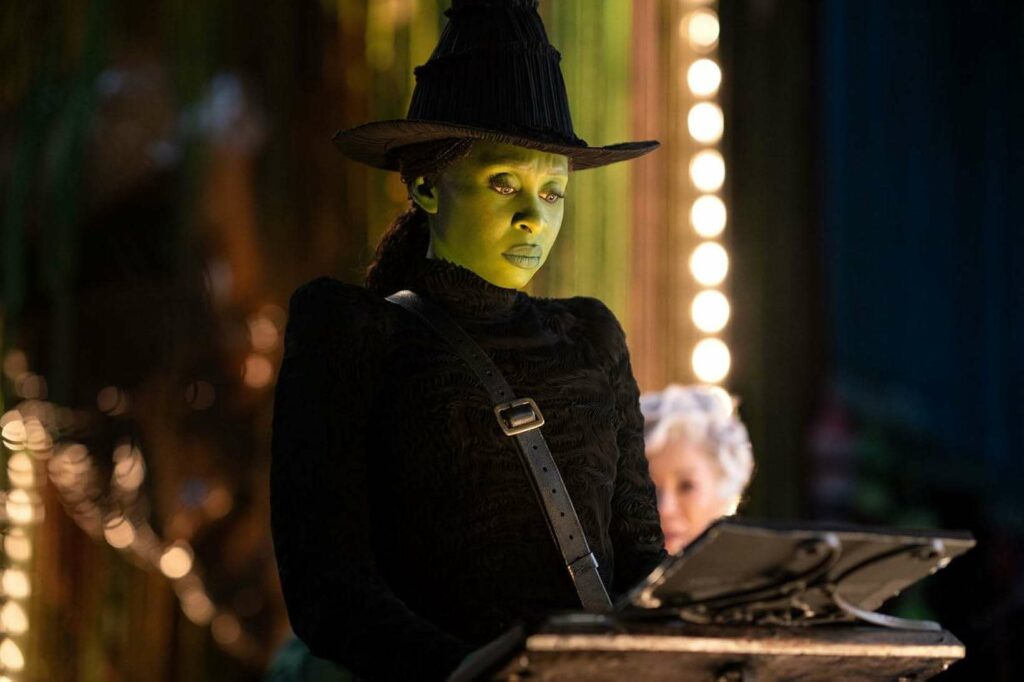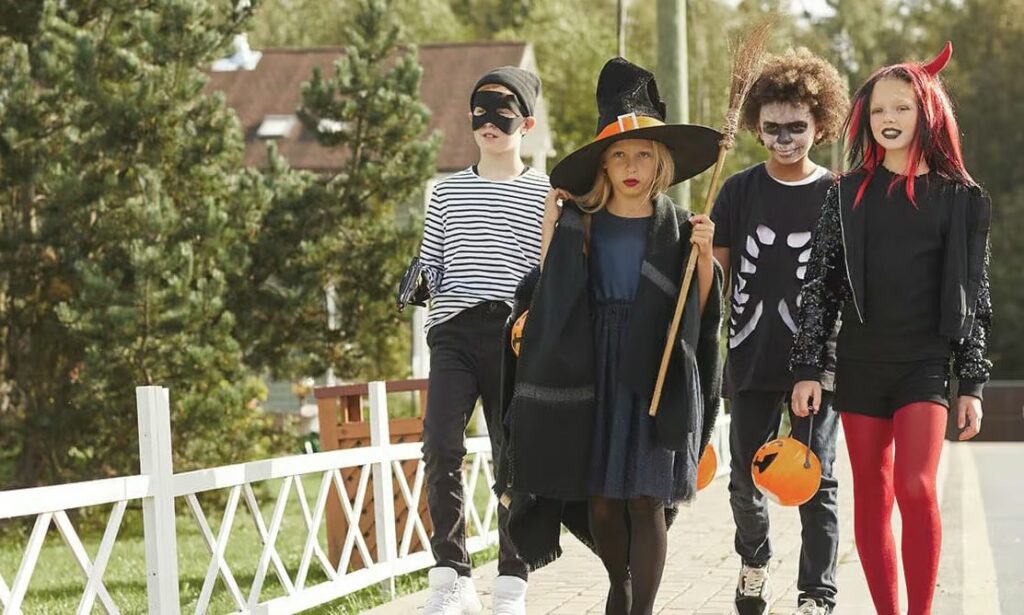News
4 Reasons Why Halloween Symbols Came from Terror to Laughter
Every October, the world seems to transform into a whimsical theatre of skeletons, jack-o’-lanterns, witches, and ghosts. Children don costumes that once would have been considered grotesque or sacrilegious. Adults decorate their homes with glowing skulls, plastic spiders, and inflatable vampires that provoke more giggles than chills. Yet, beneath this carnival of playfulness lies a darker past. The images we now associate with laughter, family fun, and candy were once steeped in fear. To the ancient Celts, medieval Christians, or even early modern villagers, witches symbolized deadly danger, ghosts embodied restless torment, and skeletons reminded everyone of the inevitability of death.
So how did these Halloween symbols make their extraordinary journey from terrifying omens to cheerful icons? The answer lies not in a single cultural twist but in a gradual transformation driven by broad historical and psychological forces. Four of the most powerful are the Industrial and Technology Revolution, the Secularization of Belief, the Commercialization of Holidays, and Humor as a Coping Mechanism. Together, they not only reshaped Halloween into a playful event but also reveal something profound about how societies tame fear over time.
The Industrial and Technology Revolution: Lighting the Darkness
One of the most overlooked forces behind the transformation of Halloween symbols is the Industrial and Technology Revolution. Before electricity, the night was a realm of deep shadows. A flickering candle could barely hold back the suffocating blackness, and in that obscurity, the imagination ran wild. It is no coincidence that many Halloween myths are tied to night, firelight, and dimly illuminated landscapes. Ghosts, witches, and spirits thrived in darkness because darkness itself was terrifying.
The nineteenth and twentieth centuries changed that. With the spread of electricity, urban street lighting, and later household conveniences, the night ceased to be as mysterious or threatening. The skeleton hanging in the corner or the face carved into a pumpkin could be lit not by eerie fire but by safe, steady electric bulbs. The terror of a sudden gust blowing out a candle during a ritual gave way to the cozy glow of a decorative lantern on a suburban porch.

Technology also revolutionized the materials with which Halloween was celebrated. Mass production of costumes, toys, and decorations in bright fabrics and plastics replaced the rough animal hides, ragged cloaks, or grotesque masks once used to scare spirits away. Industrial printing allowed children’s books, comics, and cartoons to soften the imagery further. By the time television brought characters like Casper the Friendly Ghost into living rooms, symbols that had been tied to death and danger were reborn in pastel colors and humorous exaggerations.
In essence, technology disarmed fear. By literally illuminating the night and filling it with mass-produced playthings, it stripped the symbols of Halloween of their primal mystery. The witch’s silhouette, once seen against a moonlit sky with genuine dread, became just another figure outlined in neon on a candy wrapper.
Secularization of Belief: When Fear Became Folklore
Another reason for the shift lies in the waning power of supernatural belief. In societies where religion and superstition dominated, witches, ghosts, and demons were not metaphors but realities. A seventeenth-century villager might sincerely believe that a failed harvest was the work of a witch or that a deceased relative’s ghost demanded appeasement. Fear was immediate, visceral, and supported by communal rituals and authority structures.
As societies modernized, belief in literal witches and wandering spirits declined. Scientific reasoning, religious reforms, and the Enlightenment all contributed to this secularization. Death remained a fact of life, but its interpretation shifted from supernatural forces to medical or natural explanations. What once required protective rituals and terrifying symbols gradually became stories, myths, and cultural memories.

This shift had profound effects on Halloween. Once people stopped believing that a ghostly presence in the house truly signaled damnation or that a jack-o’-lantern was needed to ward off spirits, these images lost their potency. They could be reinterpreted freely—first as folklore, then as playful tradition. A skeleton could move from a church ossuary intended to terrify sinners to a cartoon character with goofy grins. A witch could evolve from the embodiment of diabolical evil to a quirky figure in a children’s show.
The secularization of belief also allowed for reinterpretation across cultures. In the United States, where waves of immigrants brought Halloween traditions, these customs encountered a society less tied to the rituals of warding off spirits. Instead, Halloween was reinvented as a cultural event, stripped of its supernatural seriousness and open to creativity. Children could dress as ghosts without anyone worrying they were calling spirits into the home. The holiday thus lost its spiritual threat and gained a sense of playful community.
The Commercialization of Holidays: From Ritual to Marketplace
If technology and secularization created the conditions for Halloween symbols to soften, commercialization ensured their widespread transformation. The twentieth century witnessed the birth of Halloween as a marketplace event, driven by candy companies, costume manufacturers, and the entertainment industry.
In a commercial context, terror is not the most profitable approach. Families are more likely to spend money on costumes and candy if the imagery is fun, lighthearted, and safe for children. Businesses realized that children were central to Halloween’s expansion. By the 1920s and 1930s, communities were already promoting trick-or-treating as a way to keep young people entertained and out of mischief. By the mid-twentieth century, candy brands used cheerful ghosts and smiling pumpkins to market their products.

Costumes, too, shifted under the influence of commerce. While homemade disguises of the nineteenth century might still carry eerie undertones, mass-produced costumes of the twentieth century leaned toward colorful and imaginative designs. Instead of terrifying demons, children could become princesses, cowboys, superheroes, or comically exaggerated witches. Skeletons on store shelves looked cartoonish rather than skeletal remains dug from graves.
Commercialization also fueled the entertainment industry’s embrace of Halloween. Television specials, family films, and theme park attractions reframed witches, ghosts, and monsters as lovable or humorous characters. The result was a self-reinforcing cycle: the more commercialized Halloween became, the more playful the symbols appeared; the more playful the symbols appeared, the more marketable they were.
By the twenty-first century, Halloween had become one of the largest commercial holidays in the United States, second only to Christmas. The transformation of its symbols from frightening to funny is inseparable from this commercial drive. After all, a skeleton that dances and sings sells better than one that reminds us of death’s inevitability.
Humor as a Coping Mechanism: Laughing at the Dark
Beyond historical and commercial explanations, there is also a psychological reason why Halloween symbols shifted from frightening to funny: humor itself. Human beings have always used laughter to defang what terrifies them. Jokes about death, parody of authority, and playful caricatures of monsters are all ways of coping with deep-seated fears.
Halloween provides the perfect stage for this coping mechanism. The skeleton on the porch is both a reminder of mortality and a playful acknowledgment that we can laugh at it. A child dressed as a ghost is participating in a ritual that once terrified people, but by doing so with joy, they symbolically assert control over the idea of death. Humor turns fear into something manageable, a performance rather than a threat.

This shift is particularly visible in modern media. Cartoons, sitcoms, and films often exaggerate Halloween figures for comedic effect. The witch becomes bumbling rather than deadly. The ghost moans but then trips over its own sheet. The skeleton rattles but then joins a dance routine. These portrayals reflect not only commercialization but also a deep cultural need to laugh at death and the unknown.
In this sense, Halloween remains connected to its original function: it is still about dealing with fear. But instead of trying to ward off evil with fire and ritual, modern society copes by turning fear into a joke. Children gain a sense of bravery when they confront spooky imagery in safe, humorous settings. Adults, too, find relief in making light of symbols that once haunted the collective imagination.
The Collective Result: A Holiday of Playful Shadows
When these four forces—technology, secularization, commercialization, and humor—are combined, the transformation of Halloween symbols becomes clear. The Industrial and Technology Revolution removed the physical environment of fear by illuminating the night and mass-producing playful substitutes. The Secularization of Belief dissolved the supernatural seriousness of witches and ghosts, freeing them to become folklore. The Commercialization of Holidays reframed Halloween as a family-friendly marketplace event, emphasizing fun and safety. Humor as a Coping Mechanism provided the psychological glue, allowing people to embrace and laugh at images that once signified death and terror.

The result is the Halloween we know today: a hybrid of the macabre and the playful, where fear is never entirely absent but always kept at arm’s length. The jack-o’-lantern still grins eerily, but its grin is as much an invitation to carve, laugh, and eat candy as it is a vestige of warding off spirits. The skeleton still rattles, but it rattles to the rhythm of a Halloween playlist rather than as a reminder of plague or mortality.
Conclusion: From Sacred Fear to Secular Fun
Halloween’s symbols tell a remarkable story about human culture. They reveal how societies change not only in what they fear but in how they express and manage that fear. What began as sacred rituals of protection has become secular fun for children and families. What once terrified villagers now delights trick-or-treaters. The witch, the ghost, the skeleton, and the jack-o’-lantern continue to haunt us, but they do so in ways that bring joy rather than dread.
And perhaps this is Halloween’s greatest trick: it has not erased fear but transformed it. Through technology, secularization, commerce, and humor, humanity has learned to take what was once horrifying and turn it into a holiday that celebrates creativity, laughter, and the resilience of the human spirit. Halloween, in its modern form, proves that even the darkest symbols can be illuminated, softened, and laughed at—reminding us that what once hid in the shadows can always be turned into light.

